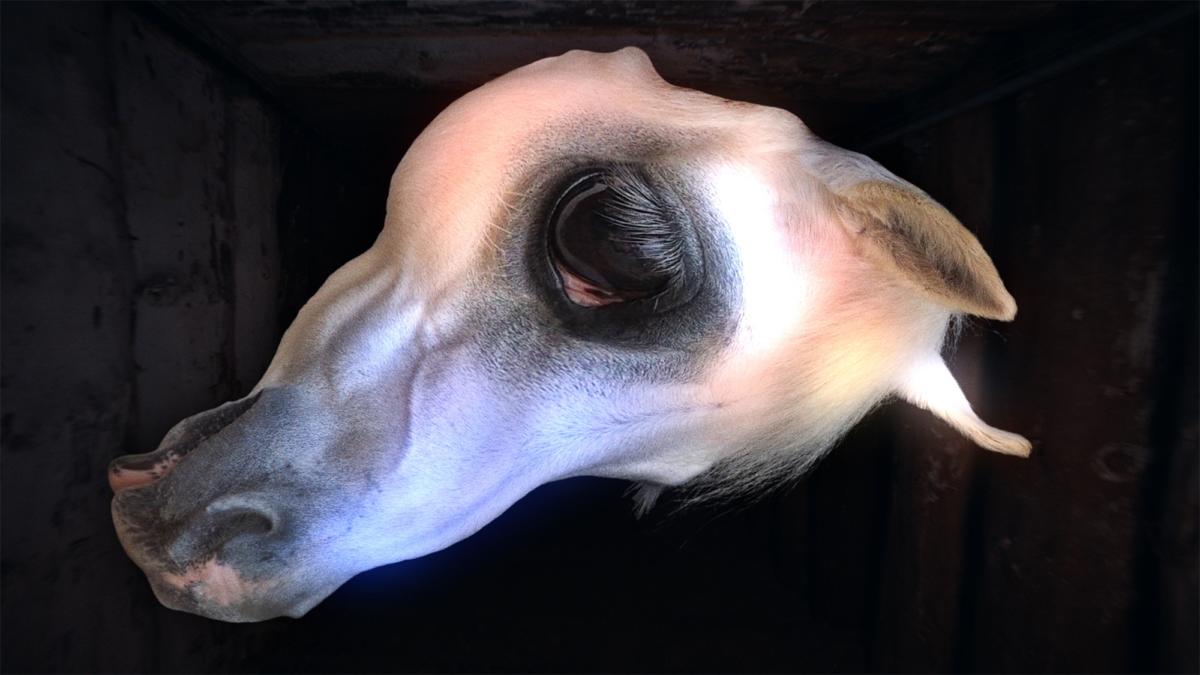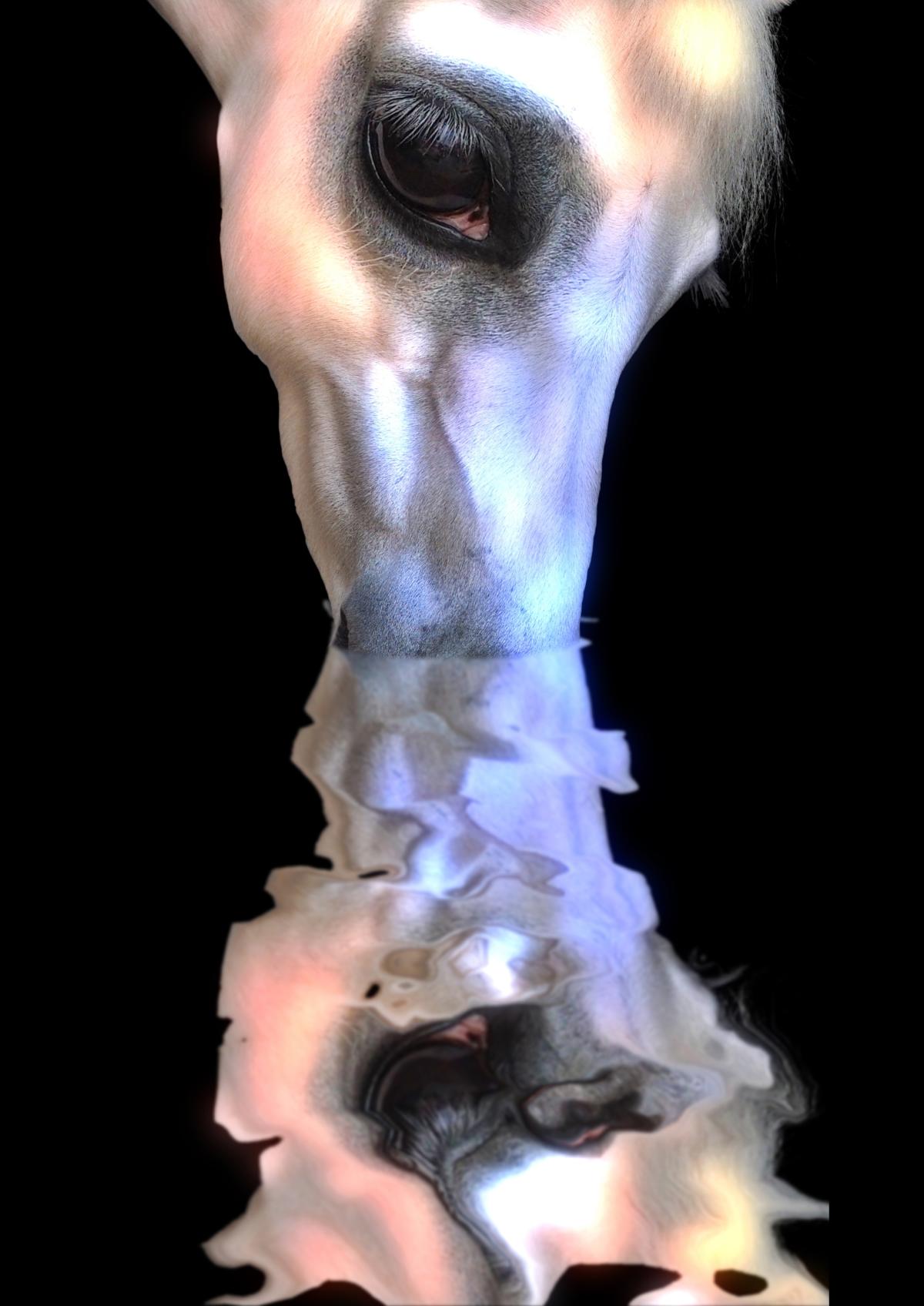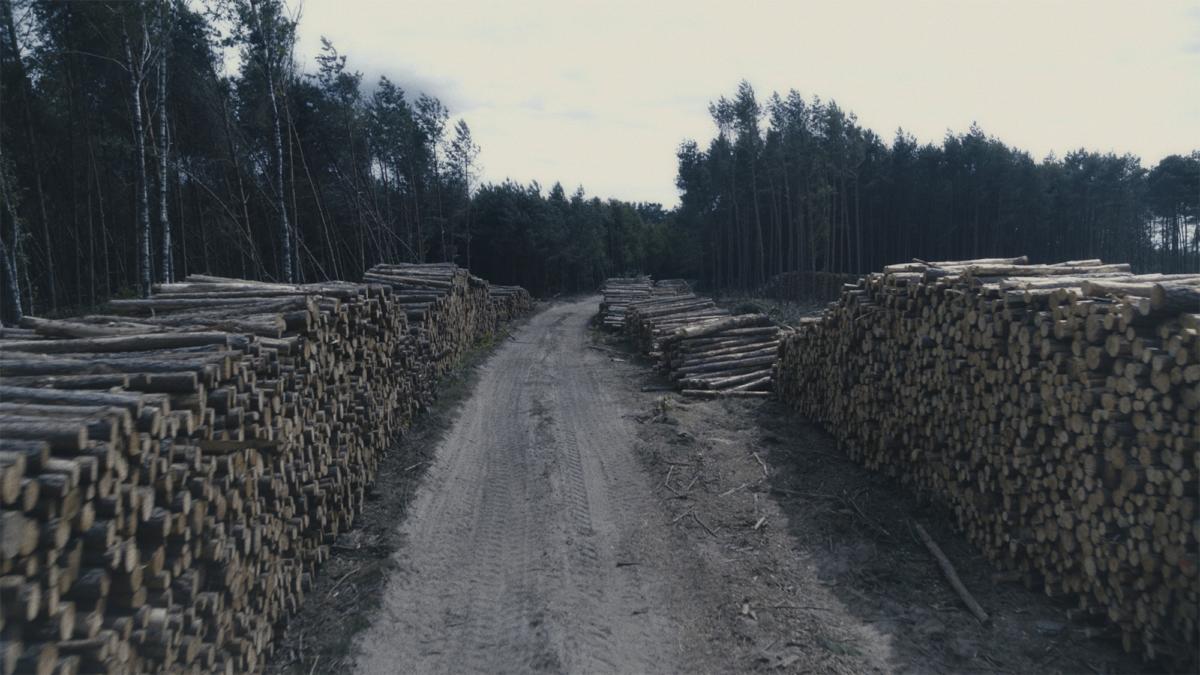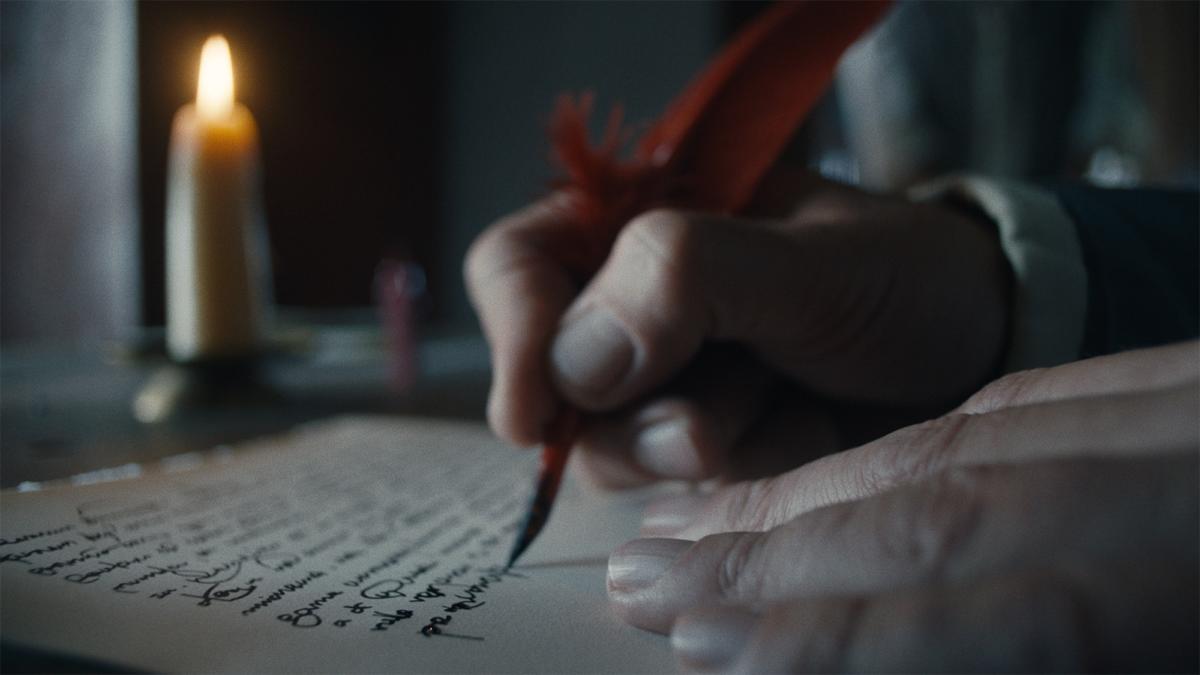
In The Demon’s Brain, a multichannel video installation created expressly for the exhibition at the Hamburger Bahnhof–Museum für Gegenwart–Berlin, Agnieszka Polska grapples with the ethical question of how individuals can assume social responsibility amid the overwhelming demands of the present moment. The point of departure for the work is a collection of fifteenth-century letters addressed to Mikołaj Serafin, the custodian of Poland’s salt mines. In her videos, Polska melds live action with animation to tell the fictional story of a young messenger tasked with delivering these letters on horseback. Along the way, the boy loses his horse and he gets lost in the forest. There he has an unexpected encounter with a demon, whose monologue fuses Christian theological ideas with today’s developments concerning resource consumption, environmental destruction, data capital, and artificial intelligence.




During the period in which the story is set, salt was a valuable commodity and an important source of wealth for the Kingdom of Poland. The extraction of the mineral was made possible by a unique agreement whereby King Władysław III (1424–1444) entrusted the supervision of the mines to Serafin, who ran them from 1434 to 1459 as an independent, proto-capitalist enterprise within the prevailing feudal order. The organization relied mainly on wage labor, was financed by venture capital, and produced predominantly for a market that it attempted to control. The salt was mined through a complex division of labor akin to modern production processes.


It was only with the support of a network of creditors and debtors that Serafin was able to keep the precarious operation running. The letters, written in Latin, attest to the rapid growth of the salt mines but also to
the heavy toll exacted on human and natural resources. An ailing and discontented peasantry in the surrounding area, unsustainable deforestation, and the constant threat of plague are just some of the problems revealed in the correspondence.



Imprint
| Artist | Agnieszka Polska |
| Exhibition | The Demon's Brain |
| Place / venue | Hamburger Bahnhof |
| Dates | 27.9.2018-3.3.2019 |
| Published | 18.12.2018 |
| Website | www.smb.museum/ausstellungen/detail/agnieszka-polska-the-demons-brain.html |
| Index | Agnieszka Polska Berlin Hamburger Bahnhof Preis der Nationalegalerie |
